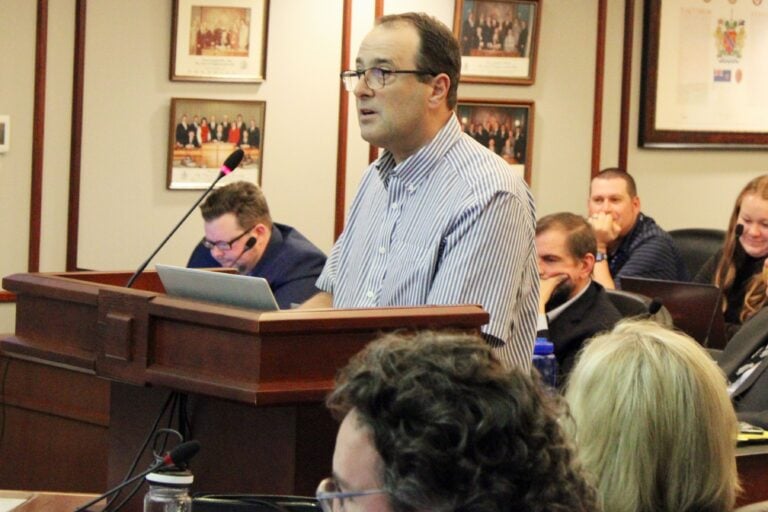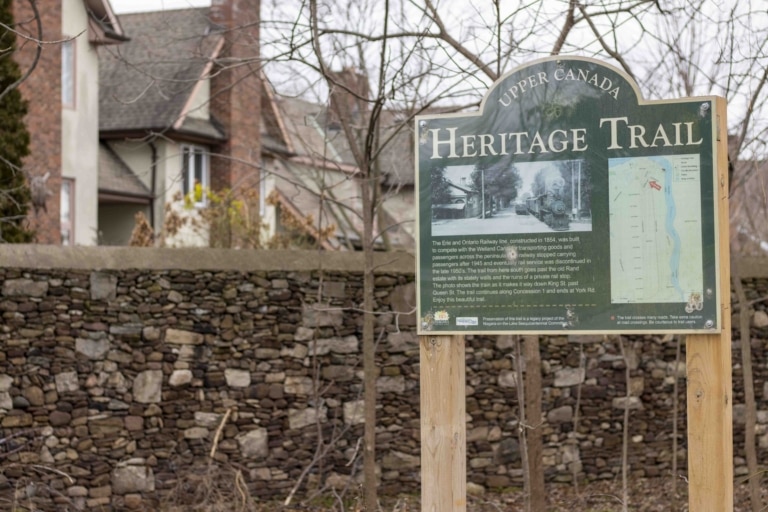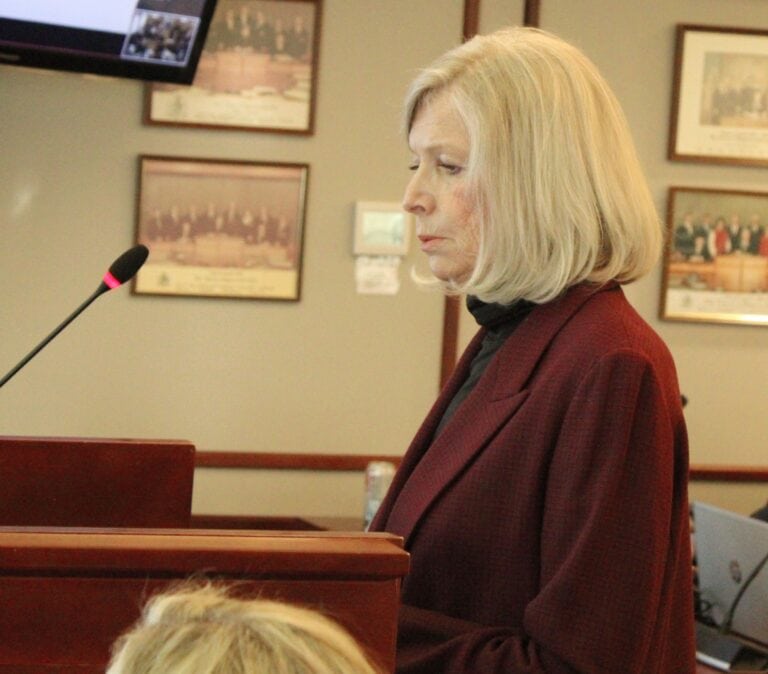Parks Canada hosted special educational tour on the Commons at Fort George
It was wings up Saturday as Parks Canada helped celebrate National Flight of the Monarch Day, with a guided tour in Niagara-on-the-Lake attracting families, enthusiasts and hopeful butterfly gardeners eager to learn more about the at-risk migratory insect.
The 75-minute tour brought participants through the Commons at the Fort George national historic site to understand the monarch's journey from egg to butterfly and to learn more about why the butterfly is on the Canadian government’s radar as a species at-risk.
Stacey and Emily Seibel, a mother-daughter duo from Niagara Falls, were there to learn more about the “very addicting” hobby of finding and letting go of the butterflies in their home garden.
They understand the species is at-risk and have been trying to create an acceptable habitat for their survival in their yard, Stacey Seibel said.
“I’ve let go probably about 20 monarchs already. They start from a tiny, tiny little egg, and it takes about a month,” she said.
“I don’t really know that much, I learned from my dad and basically all he told me was to make sure they have milkweed,” she said. “I’m sure there’s lots more to learn.”
There are 14 species of milkweed across Canada where monarchs can lay their eggs. Around the fort, there are some large patches that are protected and growing to help boost the habitat locally.
Saturday’s tour was the first of its kind at Fort George, a spokesperson said.
Parks Canada is working in collaboration with the Toronto and Region Conservation Authority, which spearheaded the Monarch Nation program.
Joël Anthony Forget said part of Parks Canada’s mandate is to bring awareness and education about ways to protect nature and the species residing within it.
“Especially iconic ones like the monarch butterfly,” said Forget, an acting public outreach education officer for Parks Canada.
Much of the organization’s conservation work is done in the background and often goes unnoticed, he said, so events such as the National Flight of the Monarch Day are “excellent opportunities to reach the Canadian public and to give an immersive experience that hopefully they will remember and bring to their homes and communities.”
Peter Martin, product development officer for national historic sites, led the tour to each stop through the Commons, “sprinkling a little history” into the mix before Forget and outreach student Veronica Mckelvey dove into the monarch material.
“It's just to give people a sense of place. So, to kind of talk about the natural history and cultural history, kind of bring them both together,” Martin said.
“Every time we do anything on our property that has something other than the cultural history standpoint of what's here, we just sprinkle a little bit of history, so they know where they are, and what happened," he said.
"It's part of our mandate and natural history is just as important as cultural history. We’re blending that together – it’s a perfect fit.”
Mckelvey explained that while climate change may have an impact on the dwindling numbers of monarch butterflies each year, the lack of habitat may be playing the biggest role. Much of their habitat has also been threatened or destroyed across the United States and Mexico, she said.
Planting various species of milkweed in home gardens is one of the ways people can assist with providing habitat, she said.










